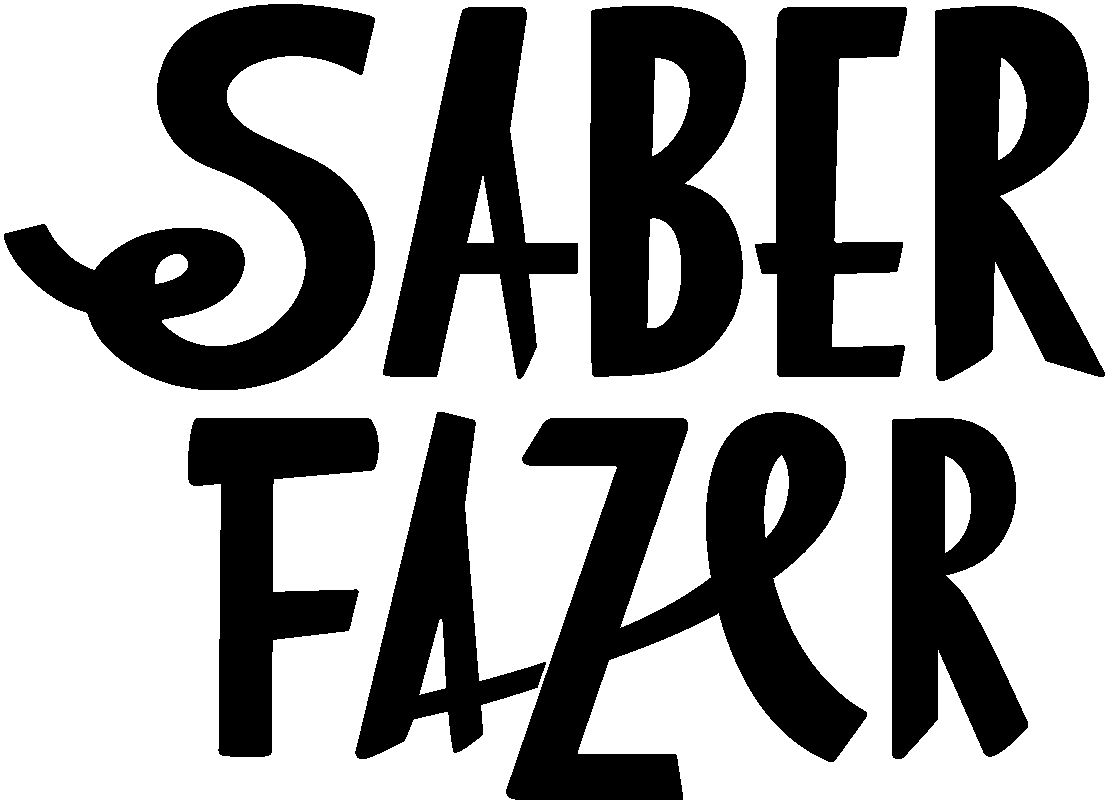Blog

The First Year of Growing Weld
Here are some images of the development of the weld plants, which I saw for the first time this year. Most of the plants were harvested in August and have since dried out.
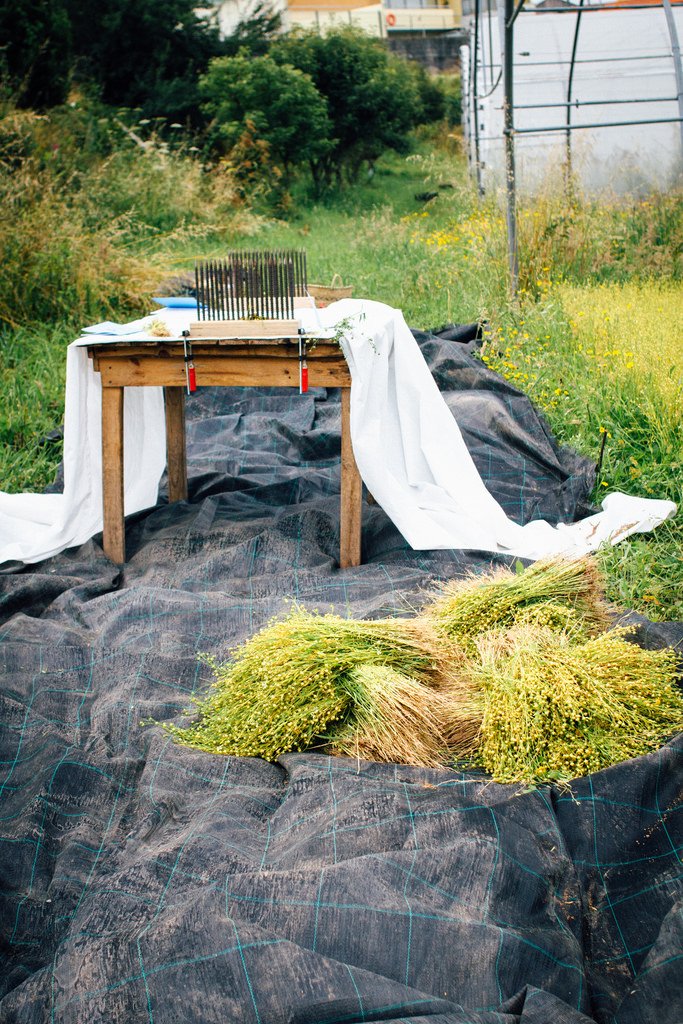
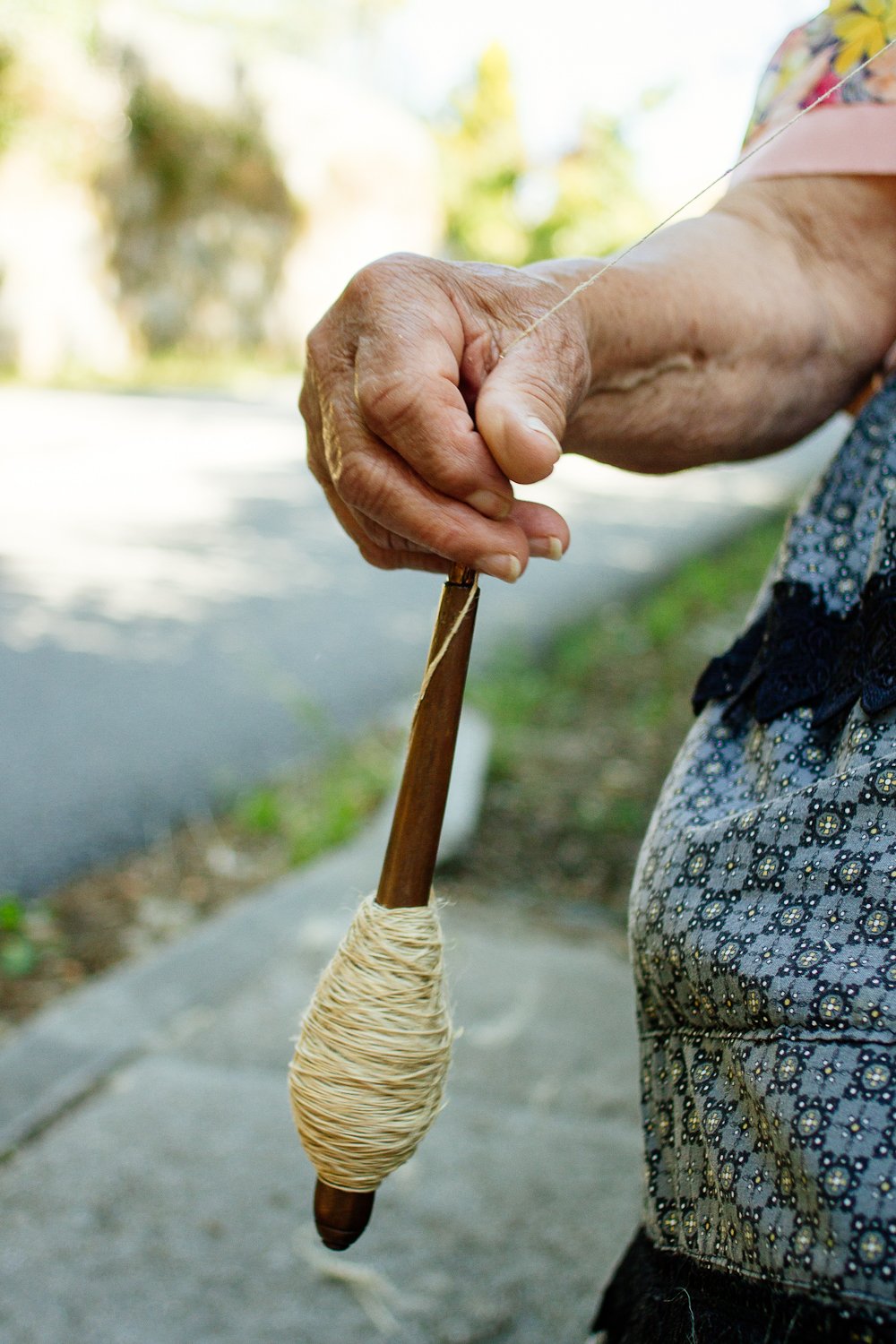
Spinning with a Portuguese spindle
I've been meaning to write this post for a while now. Nothing too complex, just a simple collection of different ladies I have encountered through my learning process and research, spinning with the type of spindle that is more commonly found in Portugal, but unusual in other countries. My idea is just to show you some similarities and differences present in their techniques.
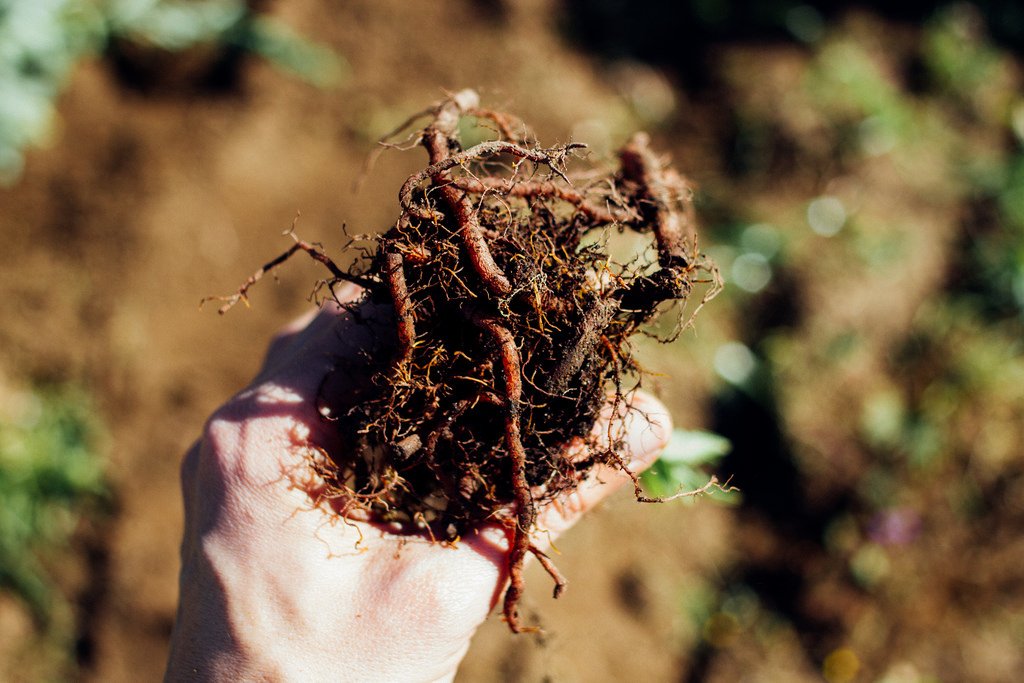
Spring, changes and news
The news that spring has brought us is the start of a partnership with Francisco from BioHabitus, a project that produces and sells certified organic vegetables and herbs in the Porto area, who will be welcoming us to grow not only our Flax, but also our Dye Plants.
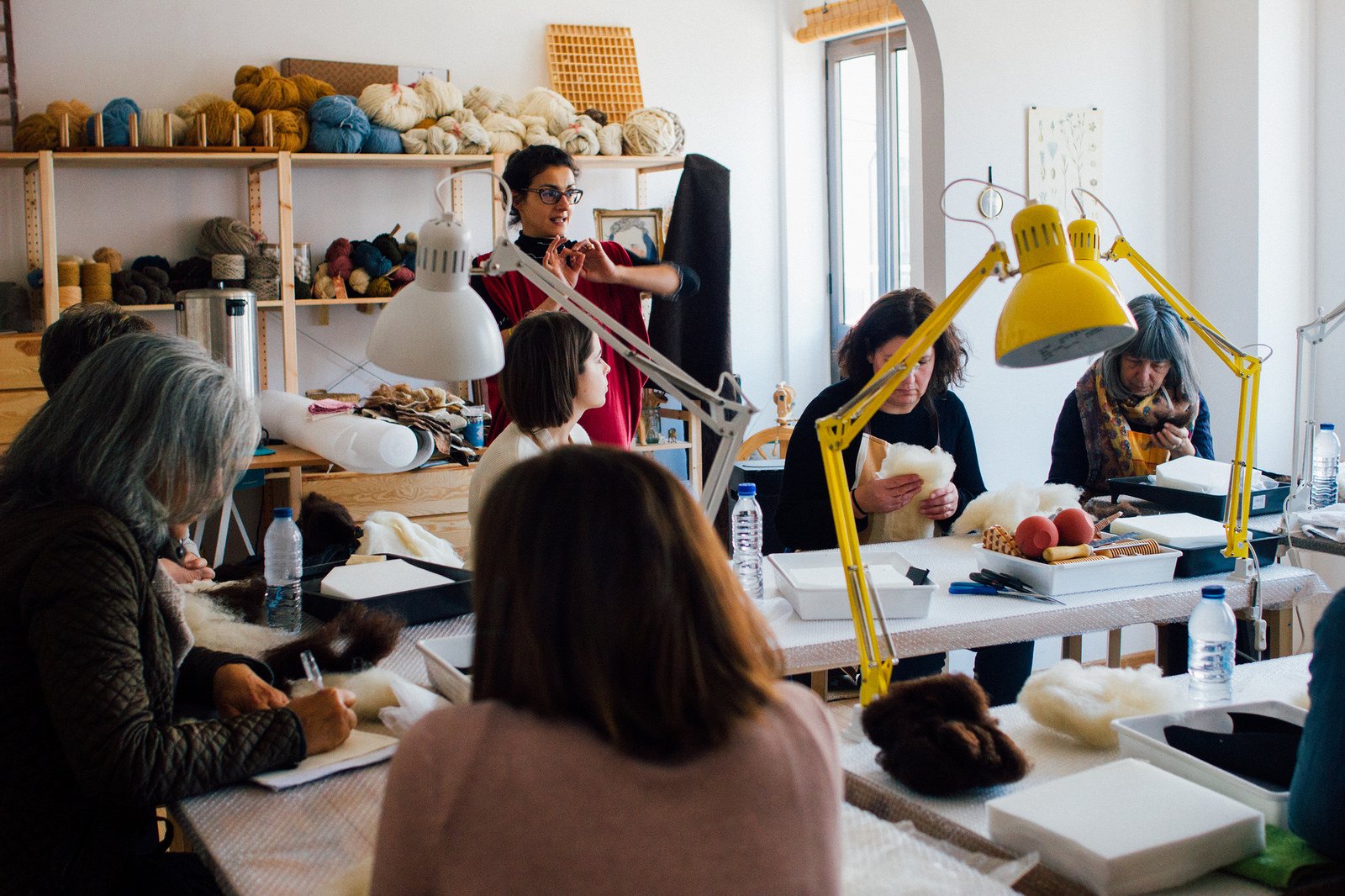
Intersections
Here are some images from the Felting with Portuguese Wool workshop that Ana Rita de Albuquerque taught here last Saturday. We had a full house for a workshop that was a first for Saber Fazer, but will be the first of many.
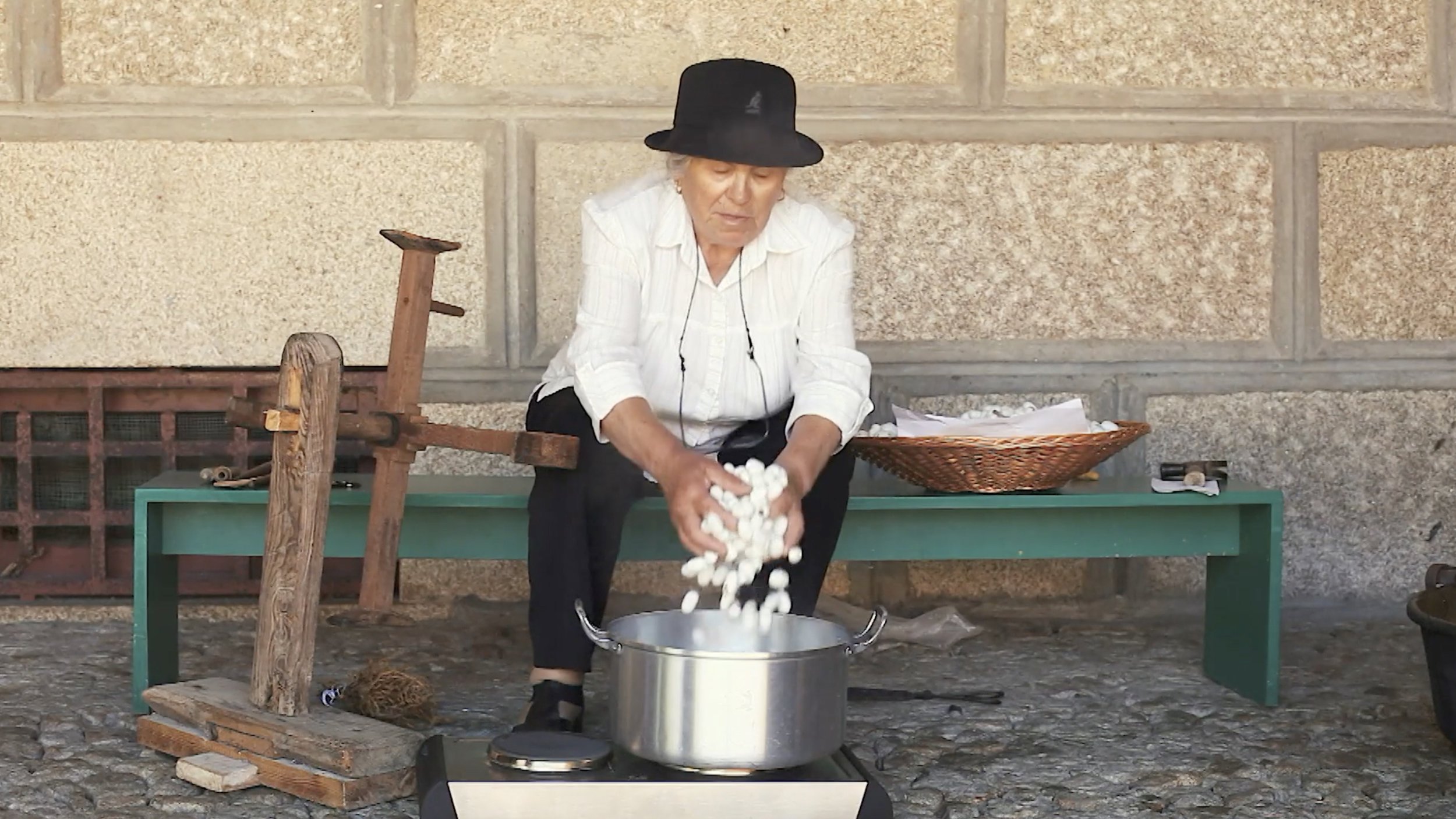
The time we brought Teresa to the North to teach us about silk
The images in this video were taken in 2016, on the day of the workshop we gave in Serralves. In it, Teresa Frade gives a short demonstration of the process of extracting silk from cocoons.
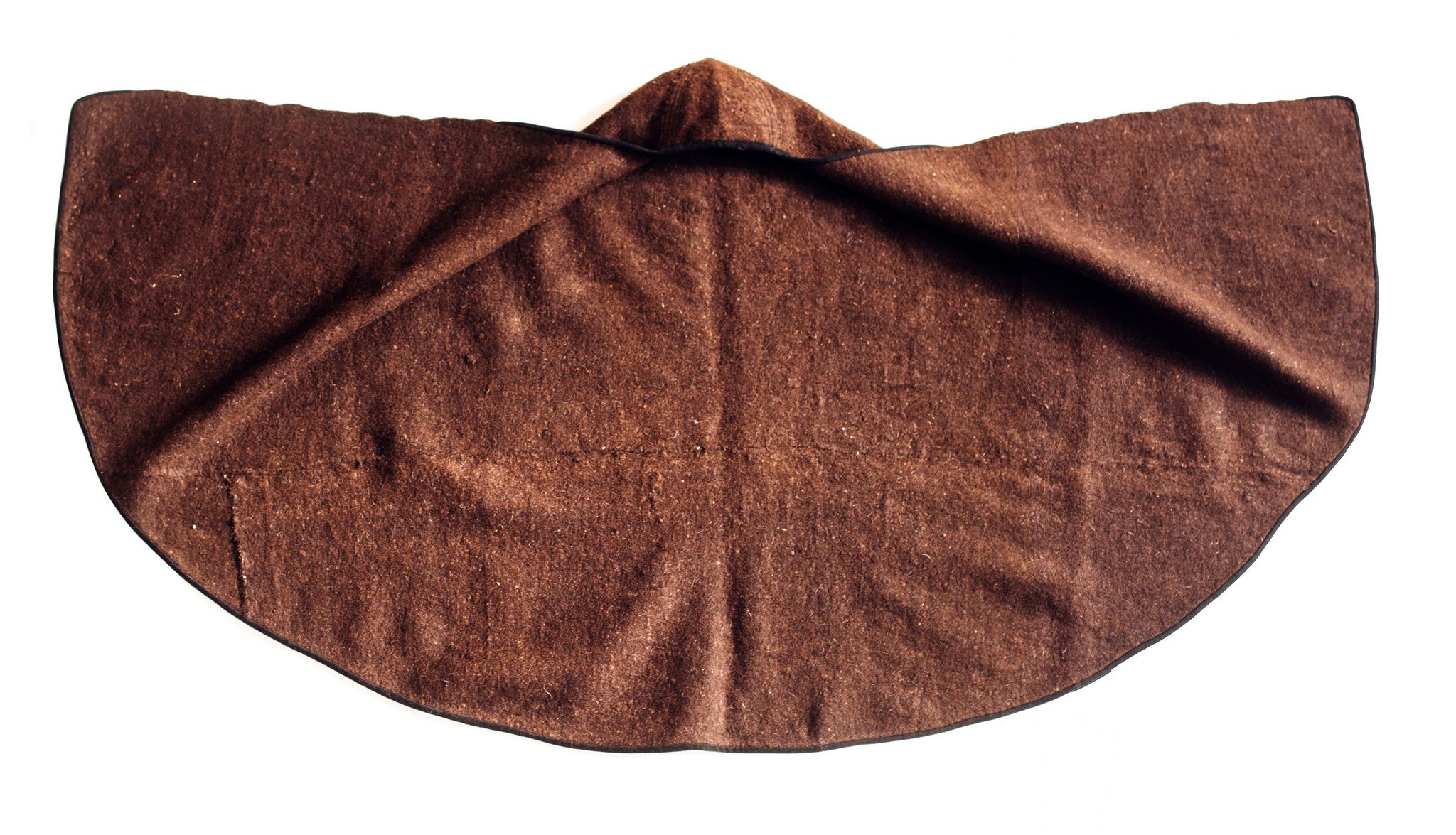
Anatomy of a Burel cape
The subject of the burel cover came up in the weaving workshop, while Fernando was leafing through his sample cover, which contains some examples of traditional typologies, Portuguese and otherwise.

Learning to weave with the King
Fantastic and intense was the Introduction to Weaving Workshop with Fernando Rei that we had last weekend, January 13th and 14th.
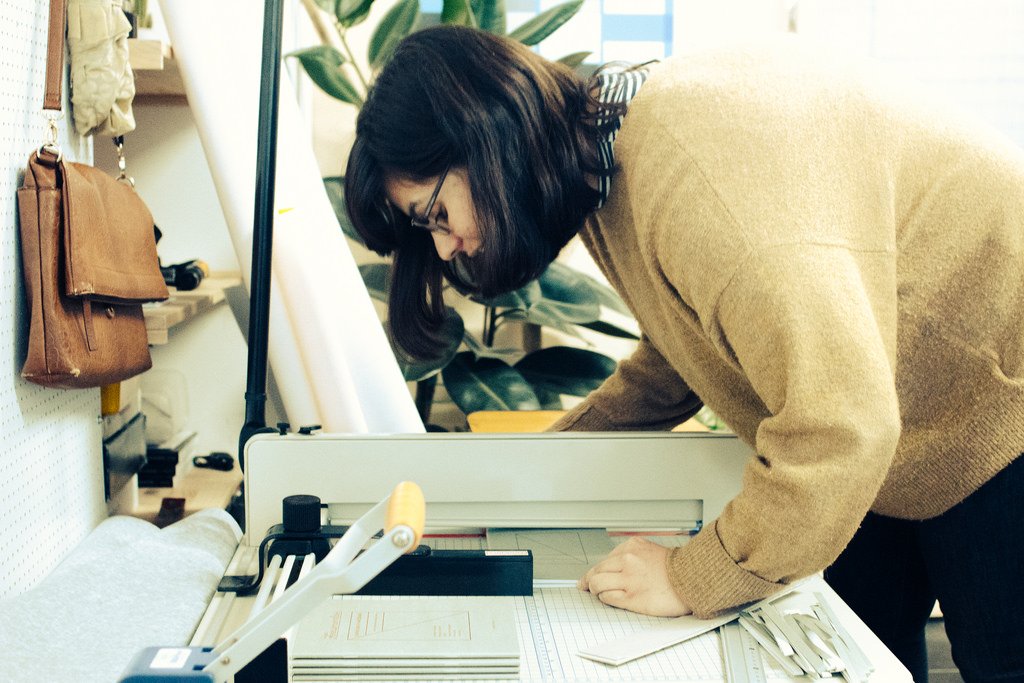
Going to Alfaiate do Livro
Yesterday I went to Alfaiate do Livro (a.k.a. Catarina Azevedo) to pick up the little books on Woodworking Tools that I was missing to complete the latest edition.

Portuguese wool in SPIN-OFF
The Winter 2018 issue of Spin-Off is out and inside you'll find an article dedicated exclusively to Portuguese wool!
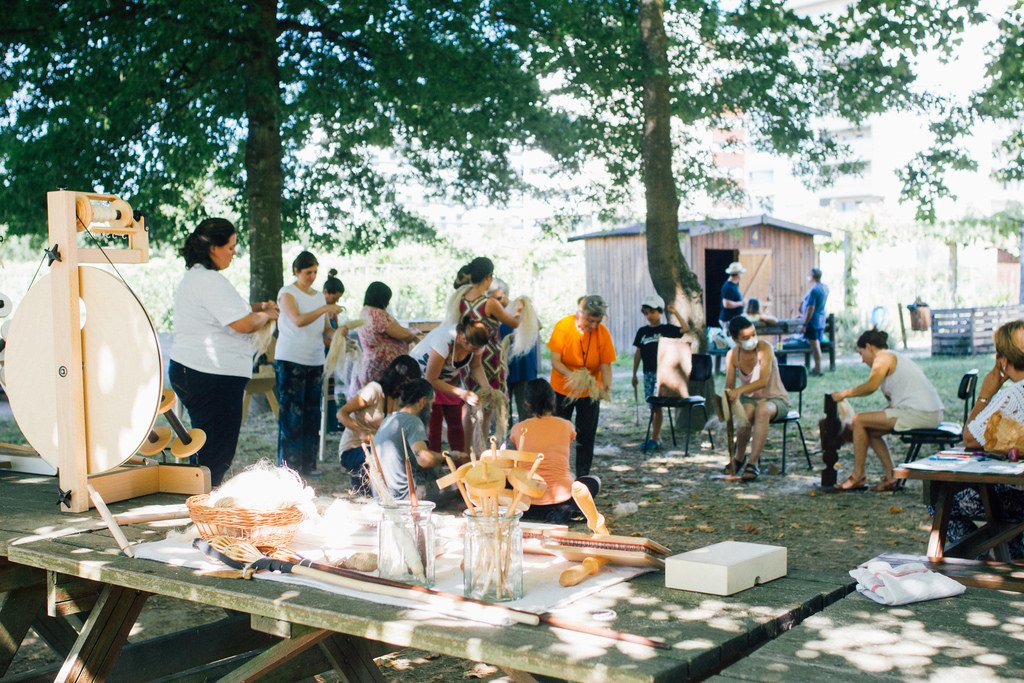
The Flax long course - final day
We sowed, saw it grow, harvested, rippled, retted, dried and ground our own flax in a two and a half months time. This was the easy part of flax growing, the hardest one was yet to come and that is the one that demands us to scutch, comb and spin our flax.
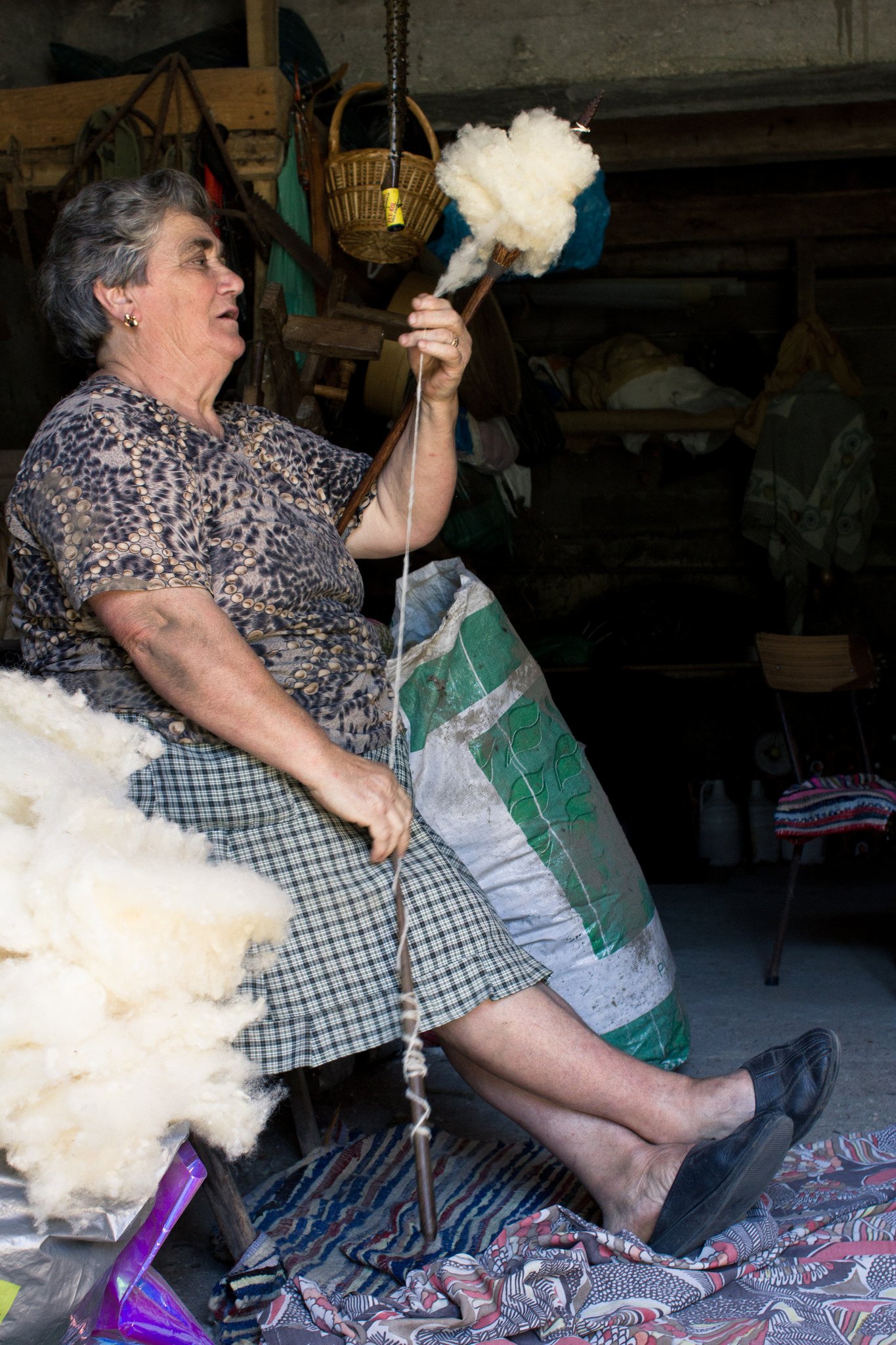
The line that ties the world together
"It is a mesmerizing art, the spindle revolving below the strong thread that the fingers twist out of the mass of fiber held on an arm or a distaff. The gesture turns the cloudy mass of fiber into lines with which the world can be tied together. "
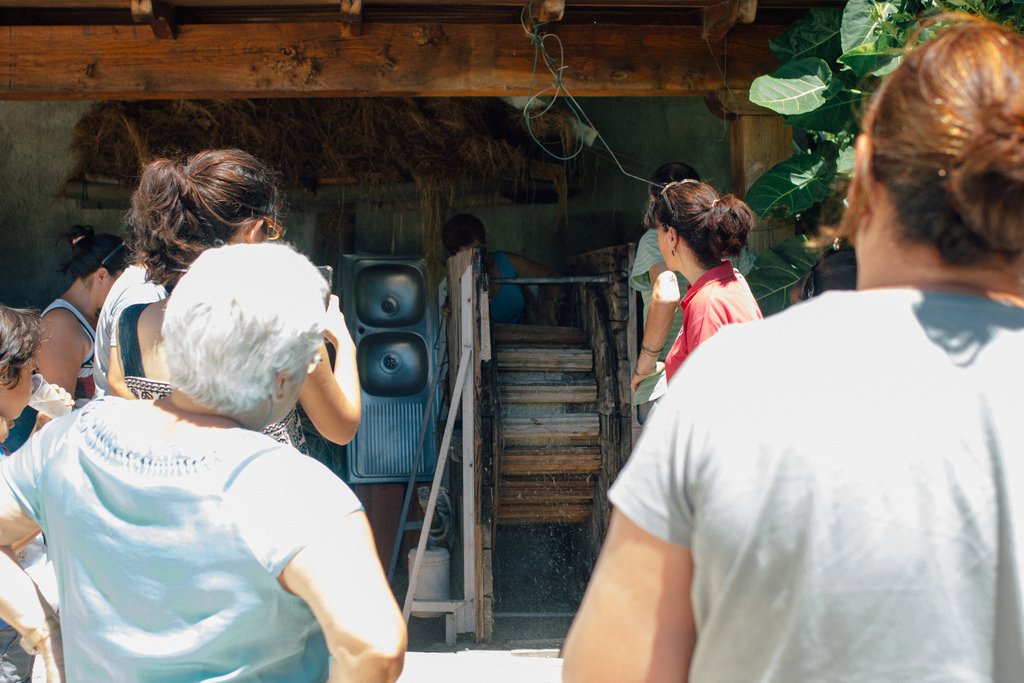
Breaking the flax
After retted and dried, it was time to take the flax we grew at Parque da Devesa to be ground.

In the meantime
Meanwhile, the spoils of our spring productions and workshops are piling up in the Saber Fazer workshop.

The first indigo harvest
This is the first real harvest of the Japanese indigo being grown in the Parque da Devesa Urban Gardens! Actually, the ideal time for this first harvest would have been a month ago, well before the flowers started to appear, but at that time we were at the peak of the Flax cycle and the indigos had to wait.

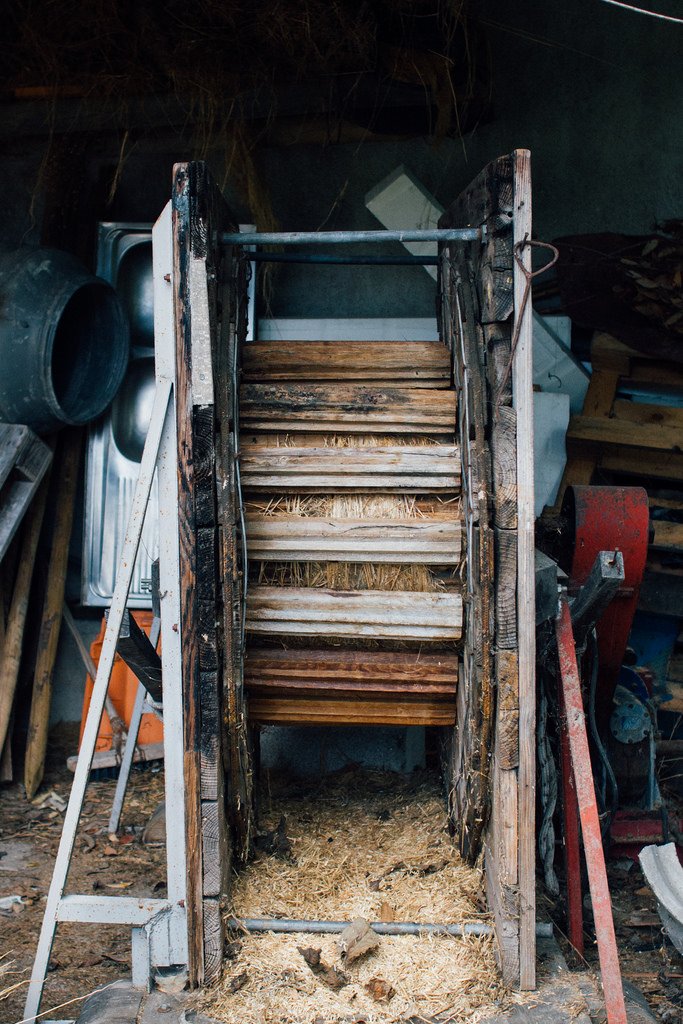
Glorious flax break
This is one of the rare flax grinders still working in our country and one of the only two that work with an engine (the third I know of that is still working is powered by animal traction).
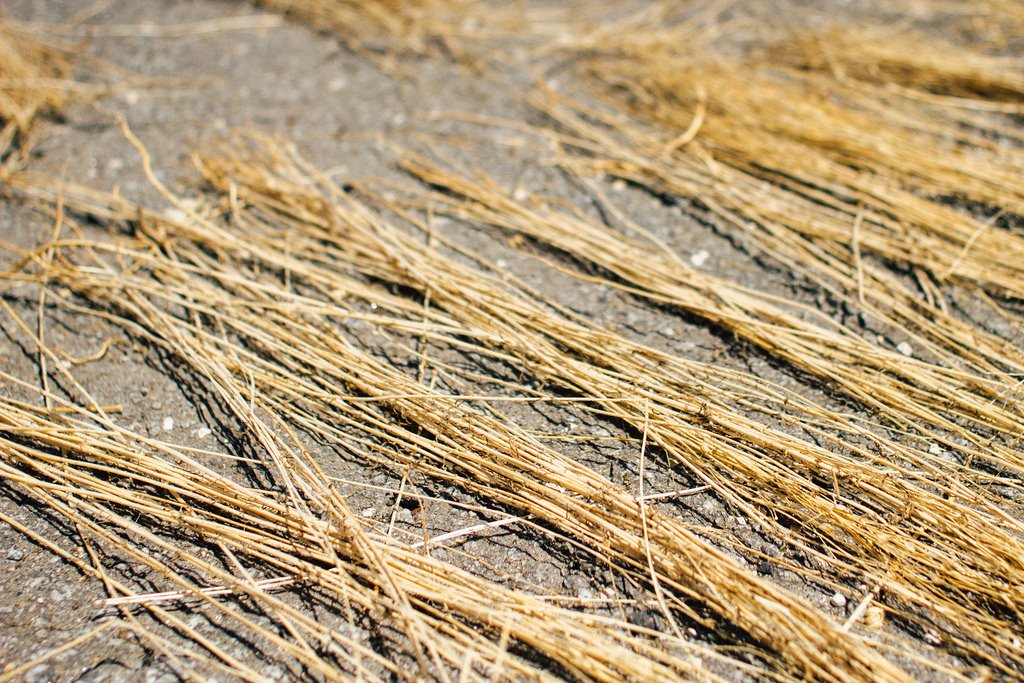
On the retting of flax (pt2)
Although without the same dedication and care that I have for photography, I make a point of making short videos along the way.
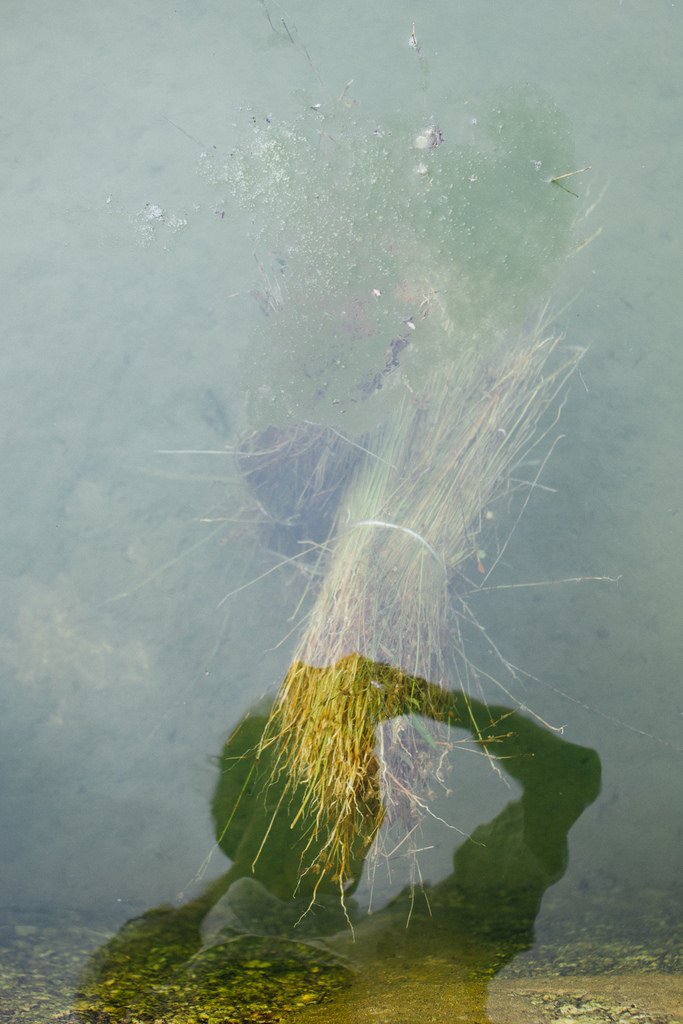
On the retting of flax (pt1)
After the harvest, comes the retting, the process by which we separate the flax fibers from the woody part of the stem, or “edge”, as it is more often called by those who traditionally work with flax.
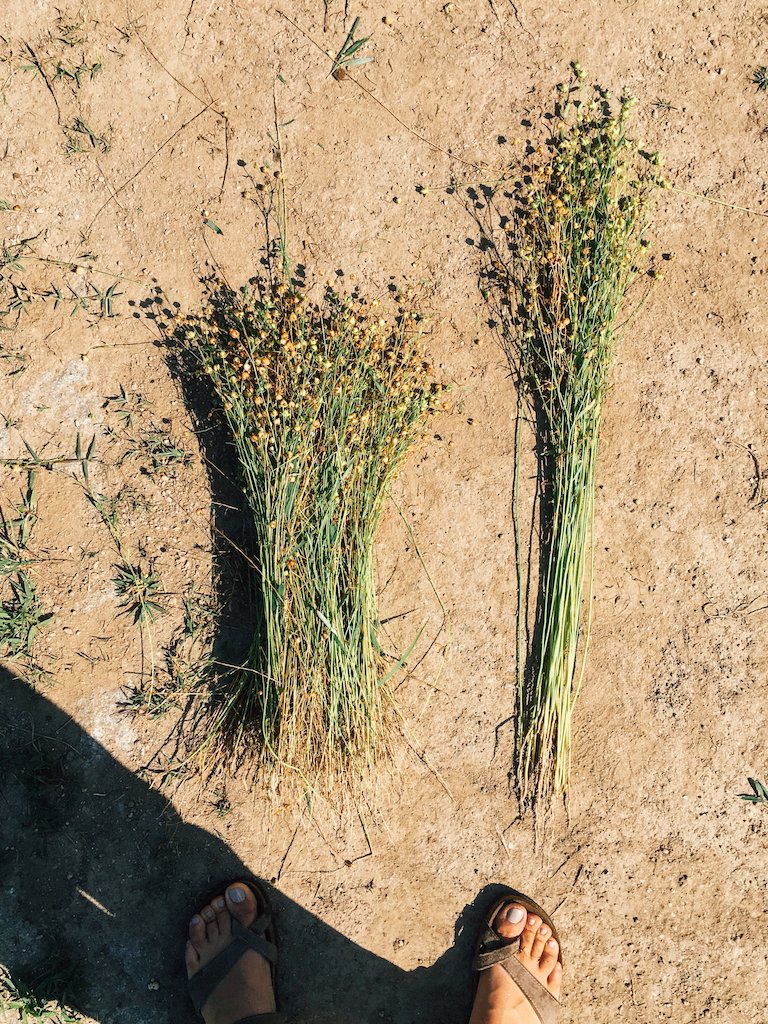
Artificial selection
On Harvest Day, Sara went around our ligneous plantation and selected the tallest plants, which are therefore the most desirable for those who grow flax for fiber, so that we could separate their seed from the rest and, next year, grow a small crop separately from this selection.
